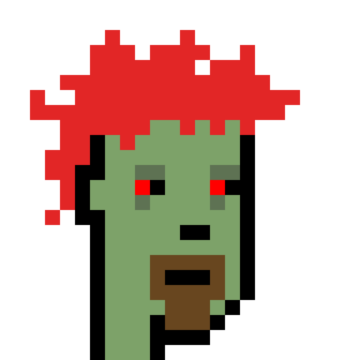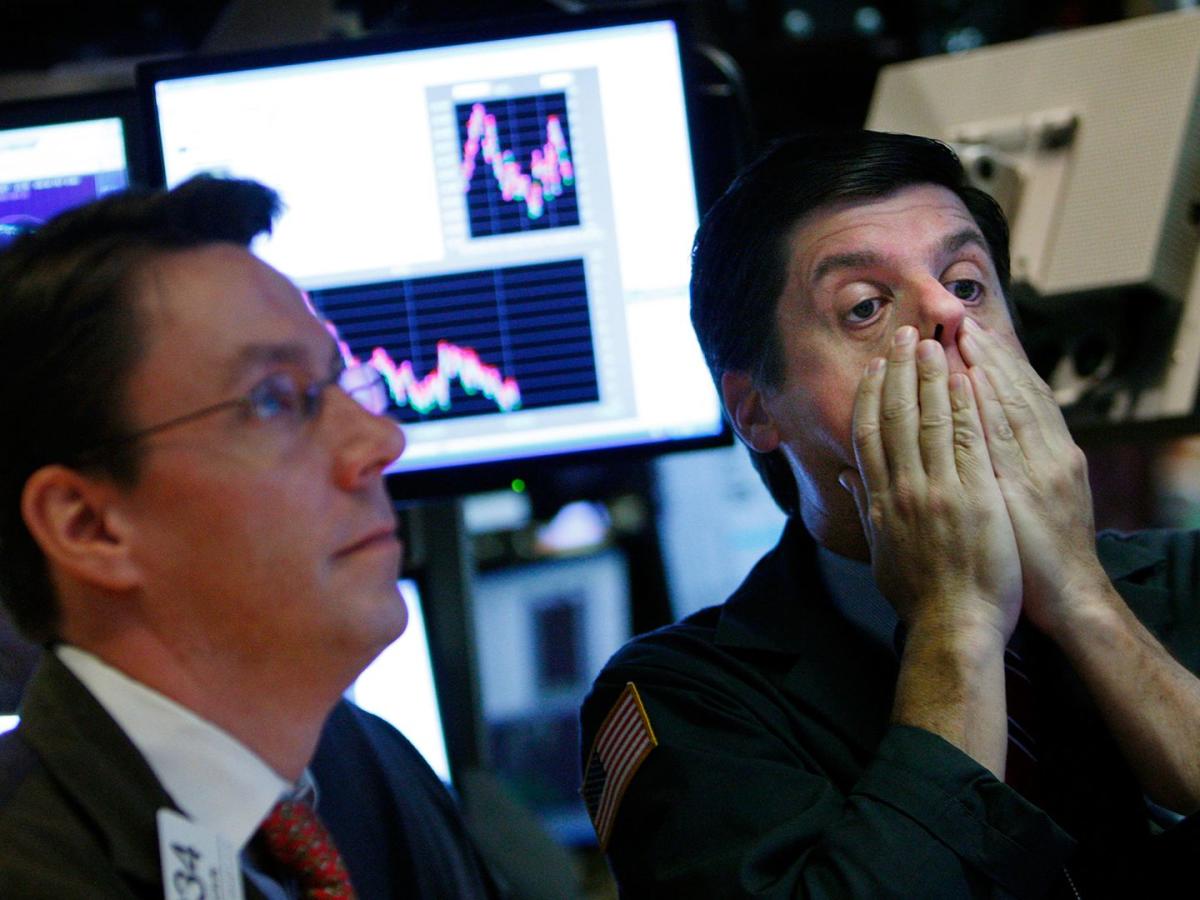Boerne artist Justin Bua ventures down the ‘NFT rabbit hole’

Justin Bua’s artwork – depicting urban cultural figures such as DJs, break dancers, graffiti artists and jazz musicians – has found its way onto millions of posters and prints, as well as skateboards, album covers and even the intro to an MTV sketch comedy series.
This year, more than three decades after he began working as an artist, he is breaking new ground in his career by releasing his art as a series of NFTs, or non-fungible tokens.
If you’re not familiar with NFTs, you’re not alone. The concept is new to Bua’s fan base, he said. Growing in popularity in recent years, they are a form of digital artwork whose ownership can be established using a computer tool known as a blockchain.
On ExpressNews.com: Chef Jaime Gonzalez brings Mexican and Chinese heritage to the menu at Carriqui
For Bua, who moved from Los Angeles to Boerne in 2020, this clarity of ownership is part of the appeal. He noted that many of his works, including his famous painting “The DJ”, have been widely reproduced without his permission.
“I think the questions you’re asking are the same things my fans are asking: Like, ‘What do I do with this?'” said Bua, known as BUA. “I think most people buy it because they support me. We figure this space out together.”
He launched the NFT collection this month during a party at the South by Southwest festival in Austin. The collection includes 1,000 unique NFTs based on another famous work of his, “The MC,” which depicts a hip-hop master of ceremonies lifting his right leg to an unheard beat while raising a microphone. Hidden among the NFTs are 11 “golden tickets,” which will give the lucky recipients “something super duper,” he said.
His plan is to turn the NFTs into tickets to what he calls the “BUAverse” – a virtual world he wants to build with characters from his artwork, including MCs and DJs.
Bua recently sat down to discuss NFTs, his decision to move to Boerne, and his experience growing up on New York City’s Upper West Side in the 1970s and 1980s. The following has been edited for brevity and clarity.
Q: NFTs have been around for a while, but I feel like the average person will still ask, “What is an NFT?”
ONE: What I love about it is, to me, with what I do, NFTs are art. When I first knew about NFTs, I thought, “Ah, that seems like a gimmick.” But when I started going down the NFT rabbit hole, I said, “Wait a minute. It is provenance.”
Provenance is a very important thing, because in the art world a lot of provenance is wrong. A lot of art is not really the art they say it is. Like, yes, Rembrandt did a lot of his work, but a lot of students in his studio did a lot of his work as well. There may not be a Rembrandt hanging in The Hague, or there may not be a Picasso at the Met. But if they were NFTs, we could easily trace and historically document their provenance. It’s on the blockchain.
Q: Are there other benefits?
ONE: We can benefit now. Suddenly you have my painting – you and I now have a personal relationship. Like, I’ve sold 14 million copies of “The DJ”; I don’t know who has them. Now I could have a personal relationship with my collector. I can AirDrop them a free NFT, AirDrop them a free concert, whatever I want to do. So utility, provenance, authenticity, and the fact that I could have a direct relationship make NFTs—to me, as an artist in 2023—super valuable.
Q: When someone buys an NFT, what do they get?
ONE: They get a digital version of my painting. It’s too simplistic, because this painting that I did for this NFT was done in an analog way on my easel, and then I scanned it into Photoshop and painted it in 185 layers, so each and every NFT is unique. It’s a painting you get, which you can have as your avatar. You can project it on your screen. You can trade it on the secondary market. You can do whatever you want with it, because it is your personal BUA original NFT.
Q: I think a question a lot of people have is why would you pay for it when you could get a screenshot for free?
ONE: For all the reasons that I said – utility, authenticity. It’s no use if you don’t pay for it, because you don’t get anything out of it. I think the other thing is that you support the artist, and the artist thus supports you. This brings us into 2023 talks. If Michelangelo or Leonardo – even better example because I think Leonardo was more out there in many ways, more future-oriented. Leonardo would do this. Picasso would do this. Diebenkorn, de Kooning. Andy Warhol? He would be the NFT king.
On ExpressNews.com: Looking for space: Former news anchor Cynthia Lee finds second calling in commercial real estate
Yes, people took screenshots of my stuff all the time. They take my paintings and repaint them. They project them onto the walls. I’m the most bootlegged artist alive. This is one way to stop it.
Question: You issue 1000 NFTs. Have you made a separate painting for each?
ONE: Each background is hand drawn and hand painted. I think I have a total of 35 or 40 different ones. Then each and every color is unique. In other words, there will not be any NFTs that are redundant. Everything is unique. “Oh, you’ve got a blue-skinned MC with the gold microphone and the black pants and the subway background.”
Q: You sell these for $100, right? How many have you sold so far?
ONE: I don’t know, because I don’t do the numbers. But I’d say we’re probably halfway there, which isn’t bad considering it’s been on the market for 48 hours.
I’ll be honest with you. People who come from my community are not used to this. It’s a very ivory tower room. I don’t want my community of people to be left behind. When the future takes off, it won’t take off without us. I want to bring non-encryption natives into the space because we’re going digital with everything.
Q: I feel that NFTs are very correlated with cryptocurrency, which seems to be facing more skepticism than what has happened with FTX. Could it hurt the NFT movement?
ONE: Not just FTX, but Silicon Valley Bank, right? Let’s be honest here: These are crypto-friendly banks. I would liken it to the marijuana days in California, when they said, “It’s illegal. It is a terrible thing. But if we can make money from it, we’re all about it.” Crypto is here to stay, whether we like it or not. Digital currency is here to stay, whether we like it or not. It will happen, and the government will share in the profits. NFTs are a great type of space where you can have currency and art and connect it.
Q: You grew up on the Upper West Side in the 1980s. How was it?
ONE: The atmosphere was quite dull, if I can use an LA word to describe a New York atmosphere. It was violent. It was corrupt. It was dangerous. But it was incredibly creative and poetic. I was an outcast. When I was 6 years old, I took the train alone. It was a wild time. I was raised on the streets in many ways. My mother had to work to keep the lights on, so I was sort of babysat by a group of interesting people. But I saw early on that even though people had dark sides, there was a lot of humanity. I looked beyond the veil of: “I’m a drug dealer. I’m a gangster.” They were also people who had feelings and families. You know – it was complicated.
Q: How did you become interested in art?
ONE: My mother was a painter, and my grandfather was a letter writer. My grandfather did Felix the Cat and Prince Valiant. My mother was a graphic designer and painter. She used to try to sell her wares in front of the Metropolitan Museum (of Art). I just wanted to hang out with her and watch her hawk her wares, watch my grandfather mold and paint. And I said, “I’ll do it.”
On ExpressNews.com: Brian Strange stands out as the third generation running a family catering business
Graffiti was all around me and I had very classic paintings in my home. My mother was very interested in education. She was (a New York University) English grad. So I was for Bruegel the Elder and Hieronymus Bosch, many of the painters primarily from the Flemish schools. Then I would go out and see a Futura 2000 and a DONDI and a REVOLT and a Zephyr. So it was the clash of these worlds.
Q: Did you incorporate hip-hop into your art from the beginning?
ONE: I did it from the beginning, drawing guys with guns, people from my neighborhood—things where my teachers would say, “What are you doing? This is not art.”
Q: As someone who grew up in New York and lived in LA, what is it like living in Boerne?
ONE: Different, quiet, peaceful. Just a complete change of lifestyle, but something necessary, where I could only think. I don’t have to go out and have someone honk at me. I just don’t have to deal with things I’ve worked with all my life. Growing up in New York feels like you’re on a treadmill. You don’t realize until you’re on your way out of New York that you were just on a treadmill the whole time. And then LA was a different kind of treadmill – the games, the play, the noise of Hollywood.
Q: Boerne is not known for its hip-hop scene. Is it hard to be away from it?
ONE: No, because I can just go to Austin. I’m going to Austin today; I’m in San Antonio right now. I feel like Texas is kind of a mecca. You know, Texas has its own cultural energy.
Q: Do you plan to do more NFT releases?
ONE: Definitely. I don’t know when, but definitely. I’m just getting wet in here. I feel the room.

























